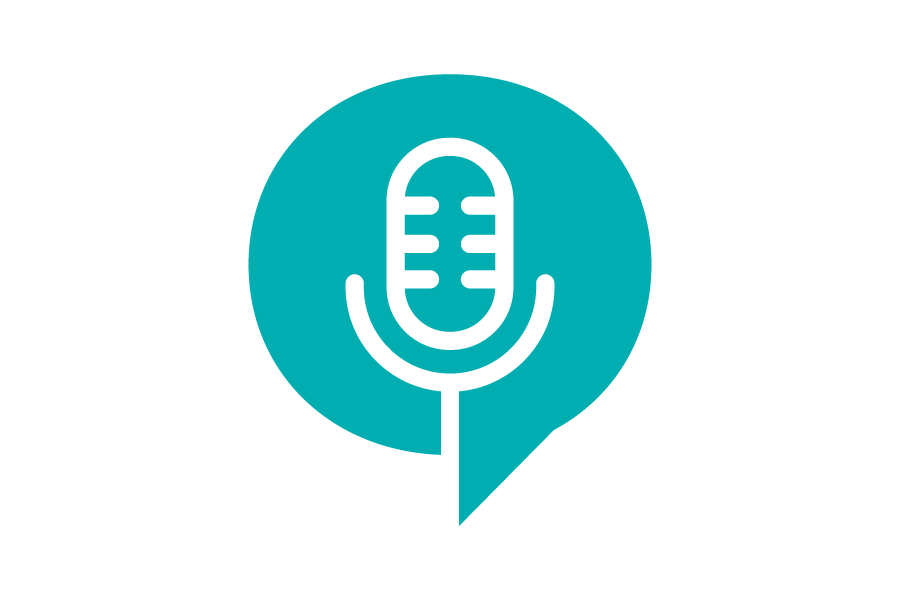Have you been falsely accused of stealing someone’s photo for your website? Learn about the latest copyright infringement scam and how to stay safe.
Read Blog
CM-YO is a new digital marketing podcast that gives you actionable insights to grow your business. All in 15 minutes or less!
Read Blog
NgageContent announces the advancements of two key inbound strategy team members — Regan Puckett and Valentina Slechticovas — into important new roles.
Read Blog
Wondering how to use AI to generate more content for your business? Explore this AI content strategy to boost your efficiency and effectiveness.
Read Blog
I attempted to play an attorney on TV once, but they told me I had more of a face for working from home. Since that career path didn’t pan out, I’ll stick to what I actually know: keeping your WordPress …
Read Blog
The August 2024 Google core update shook rankings for many sites. Here’s what you need to know.
Read Blog
Many businesses are wondering: does Google penalize AI content? Here’s what you need to know.
Read Blog
What are the Google AI SEO implications? Here, we’re helping you understand this major disruption in the space.
Read Blog
Is blogging dead? While you might think this is an outdated medium, blogging can help your business in many ways. Learn how.
Read Blog








